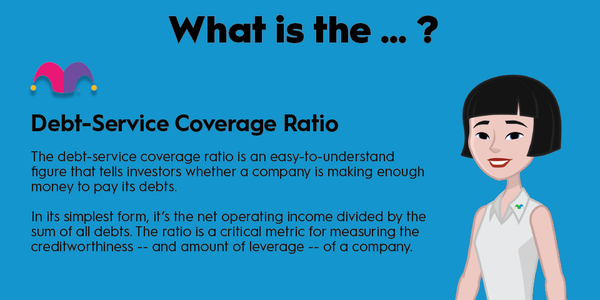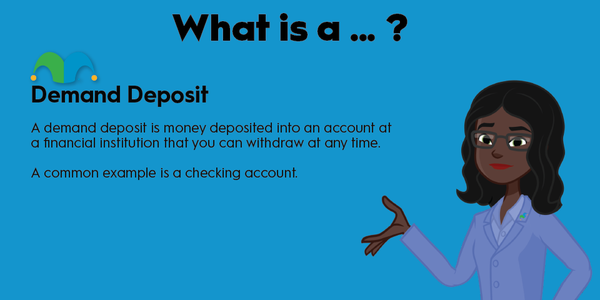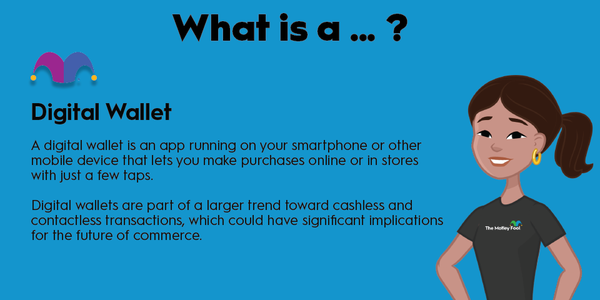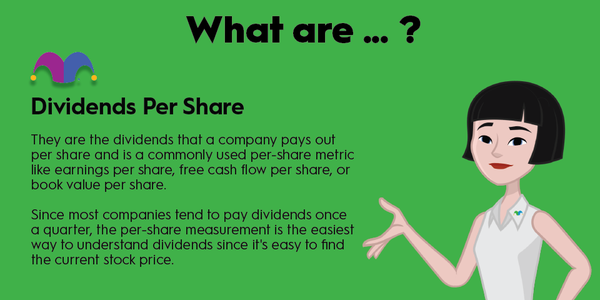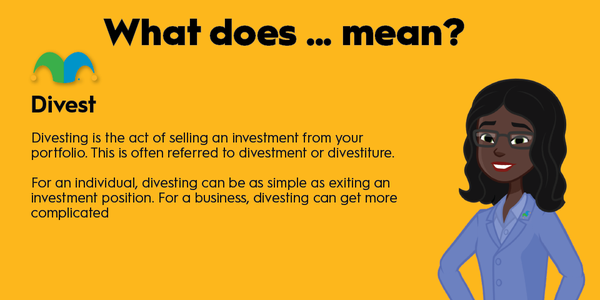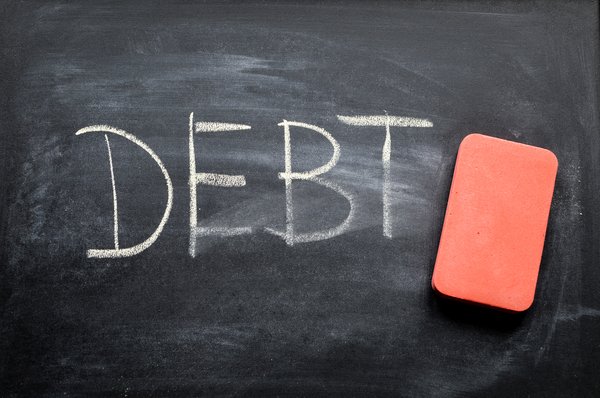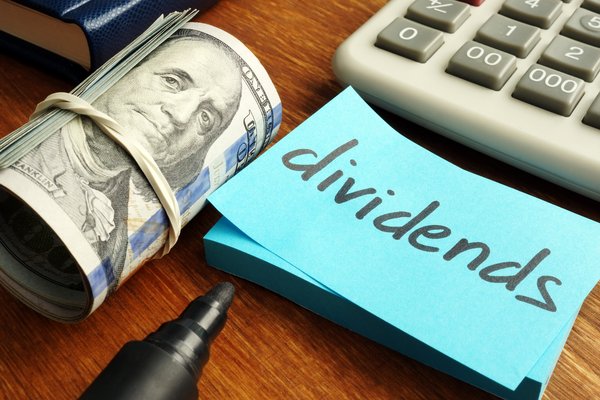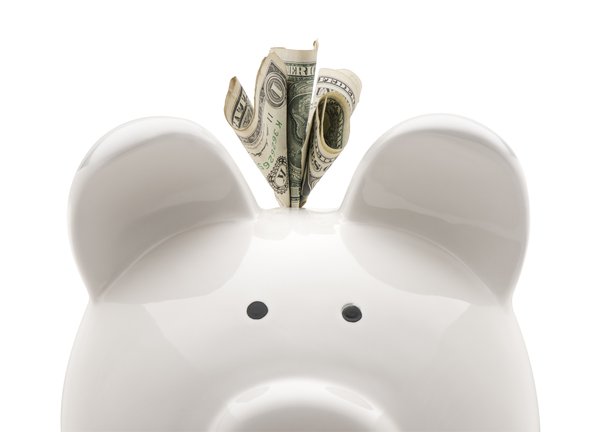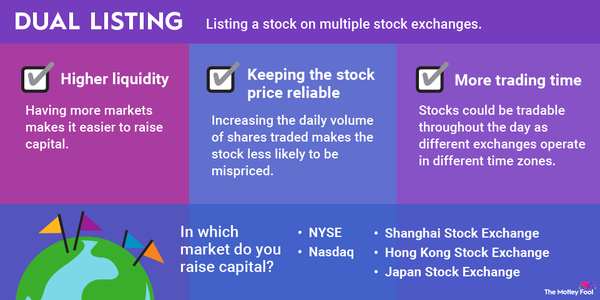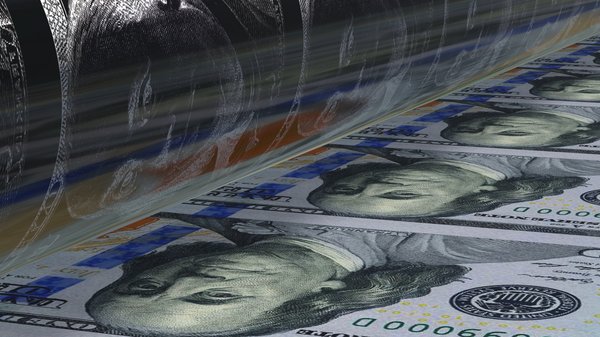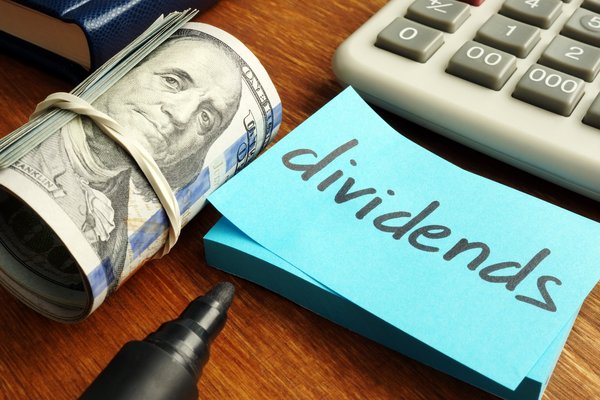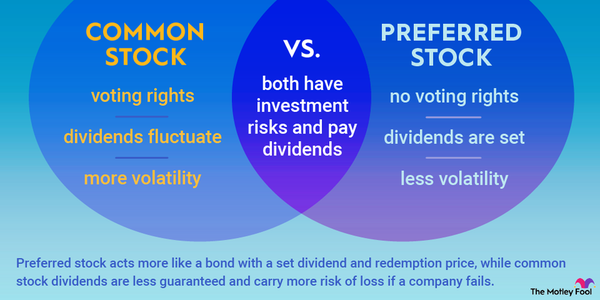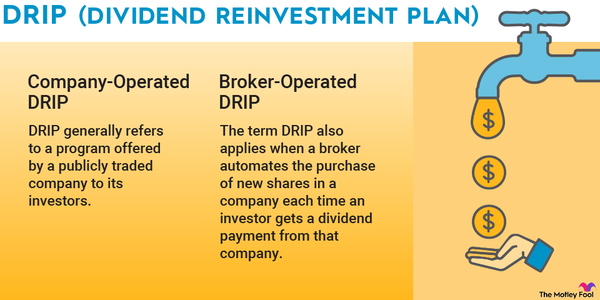A disbursement is the expenditure of cash, generally from one specific fund to another. Disbursement is an especially common word in corporations, governments, and nonprofit organizations. When they spend money, generally cash, they make disbursements. Read on to learn more about disbursements and why they're an important part of the business world.

What is a disbursement?
What is a disbursement?
A disbursement may sound like a fancy name for spending, but it’s a little more involved than that. A disbursement is the allocation of money from one fund to another for a specific purpose, such as acquiring inventory, paying bills, or returning dividends.
Disbursements most commonly are made by corporations, governments, and non-profit organizations, using funds from one account that are paid to another party. Disbursements can also be made from escrow, education, and trust accounts.
It’s important to understand disbursements because they’re a key element of cash flow, which is crucial to monitoring the success of a business. Companies that are disbursing more money than they’re receiving are often at risk of failure; businesses that take in more funds than they’re disbursing are often considered successful.
Disbursement methods
Disbursement methods
Disbursing money means transferring it from one account to another. Some disbursements, such as lease payments and other bills, can be made automatically, with a specific amount disbursed on a specific date. Other disbursements, generally one-time or variable payments, are made within a set period of receiving an invoice or a bill.
For most entities, disbursements are made via the electronic transfer of funds from one bank account to another. That’s not the only way to disburse money, though. Disbursements can be made from credit or debit cards, using wire transfers, via paper checks, or even paid with cold, hard cash.
Disbursements may differ from payments. A disbursement is always a form of payment, but a payment may not be a disbursement if it’s made with funds not owned by the company or person making the payment. Payments may also be made from a source other than a larger account; a disbursement will almost always come from an account.
Types of disbursements
Types of disbursements
There are five main types of disbursement:
- Cash disbursement: This is the simplest form of disbursement. Payment is simply sent to the recipient via check, wire transfer, credit or debit card, or cash.
- Controlled disbursement: Companies or organizations prioritize disbursements to maximize potential interest income. Investments that earn high interest rates are reserved; lower-interest assets are used for immediate disbursements that are required.
- Delayed disbursement: Some companies -- especially those located overseas -- use checks drawn on banks in distant areas. Since they take longer to get to the recipient, the organization making the disbursement extends the time that the company has the funds.
- Disbursement check: Payments made from businesses can be partially held for some time by banks that are cashing the check. The delay in full payment allows the company or organization to earn more interest before the full amount is released.
- Disbursement voucher: Organizations can use vouchers to request payments. After a transaction is completed, the voucher starts the payment. It extends the period for an organization to disburse funds, giving it more time to use its existing cash.
Disbursement accounting
Disbursement accounting
When disbursements are made, they’re recorded in a company’s general ledger, with the name of the recipient, the reason for the disbursement, the amount of the payment, the method used to make the payment, the date of the disbursement, and the account used to make the disbursement.
If a company uses the accrual accounting method, disbursements are recorded when they occur, not when they’re paid. Likewise, revenues are recorded when earned rather than on the date that they’re received.
The records are important because they provide management with amounts being spent on specific items, such as inventory, wages and salaries, materials, and other elements necessary to operate the business.
Related investing topics
Disbursement examples
Disbursement examples
There are almost an endless number of disbursement examples, but here are some of the most common:
- A company focusing on maximizing its investments uses a delayed disbursement method. It waits until 30 days after receiving an invoice to pay a supplier for inventory. The money is disbursed from a specific account used to pay for inventory via a check made to its supplier.
- A bank disburses funds to a university on behalf of a student borrowing money for a college degree. Since the loan is only covering tuition and fees, the money is transferred directly to the university (generally once every semester) via a wire transfer.
- A friend takes you out for a coffee. You don’t have any money with you, but you reimburse your friend through a peer-to-peer app such as Venmo or PayPal -- in effect, a disbursement from a fund you control to one owned by your friend.



